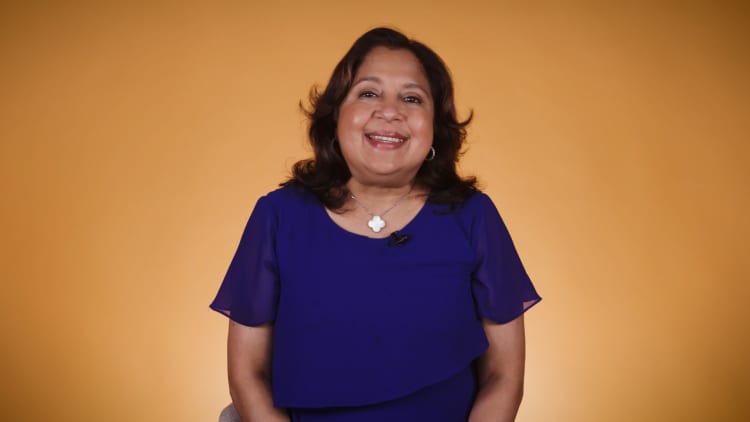Exercising is the key to boosting health and longevity, but it can be challenging to fit into our busy schedules.
As a fitness trainer, I see a lot of people try to get in at least 30 minutes to an hour a day. That’s an excellent goal, but the minimum amount of exercise you need is actually less than you might think.
According to the World Health Organization (WHO), the recommended amount of moderate-intensity aerobic physical activity for adults ages 18 and above is at least 2.5 hours a week, or 21 minutes a day.
For people who want to exercise but are crunched for time, I always suggest cardio — or exercises that increase your heart and breathing rates. It can help lower blood pressure, improve cholesterol levels and reduce the risk of cardiovascular disease and cancers.
If you’re new to cardio, here’s how to get started:
1. Get a heart rate monitor.
This is especially important if you’re just starting out, so you know how hard your heart is working.
Ask your doctor if they have a recommended heart rate range for you. If they don’t, I suggest starting at 60% to 70% of your maximum heart rate (HR). This range is considered moderate intensity, which is what the WHO recommends.
Typically, the formula is: Max HR = 220 – your age. If you’re 40, for example, your maximum HR is 180 beats per minute (BPM). Going higher than this can put too much stress on your heart.
If you don’t have a way to measure your heart rate, aim for an intensity level where it’s difficult to hold a conversation, but you’re still able to talk.
2. Set realistic goals.
Many people think they need to set intense goals, such as doing five-hour workouts per week or training to run a half marathon.
But I see more success when people start with small, achievable goals, such as walking for 15 minutes a day. Big goals are great, but you have to break them down into bite-sized steps.
Once you’ve met your smaller goals for a week or two, gradually increase the duration and intensity of your exercise until you’re able to do at least 150 minutes of moderate cardio every week. The best workout is the one you’re able to stay consistent with on a regular basis.
3. Do activities you enjoy.
Skip the “dreadmill.” Find activities that you like and that fit your lifestyle. It could be anything from dancing to swimming to playing tennis.
I also recommend trying more than one thing to avoid getting bored. Until it becomes a habit, plan a variety of activities you look forward to. This will help you stay motivated and cross-train your body.
4. Find a workout buddy.
If you’re a social person, having a partner can help keep you accountable and make workouts more fun. You can even join an adult sports team or recreation league if you want a community or team feel.
Starting a new exercise routine can be challenging, but it’s worth it in the long run. With consistency and dedication, you’ll soon see the benefits of cardiovascular exercise in your own health and fitness.
Stephanie Mellinger is a certified personal trainer, corrective exercise specialist, stretching and flexibility specialist, and nutritionist. She is also the founder of the fitness company Omnia Fit and a writer for HealthDay. Follow Stephanie on Instagram @omnia_fit_.
Don’t miss:
Want to be smarter and more successful with your money, work & life? Sign up for our new newsletter here!

Get CNBC’s free Warren Buffett Guide to Investing, which distills the billionaire’s No. 1 best piece of advice for regular investors, do’s and don’ts, and three key investing principles into a clear and simple guidebook.
Credit: Source link














